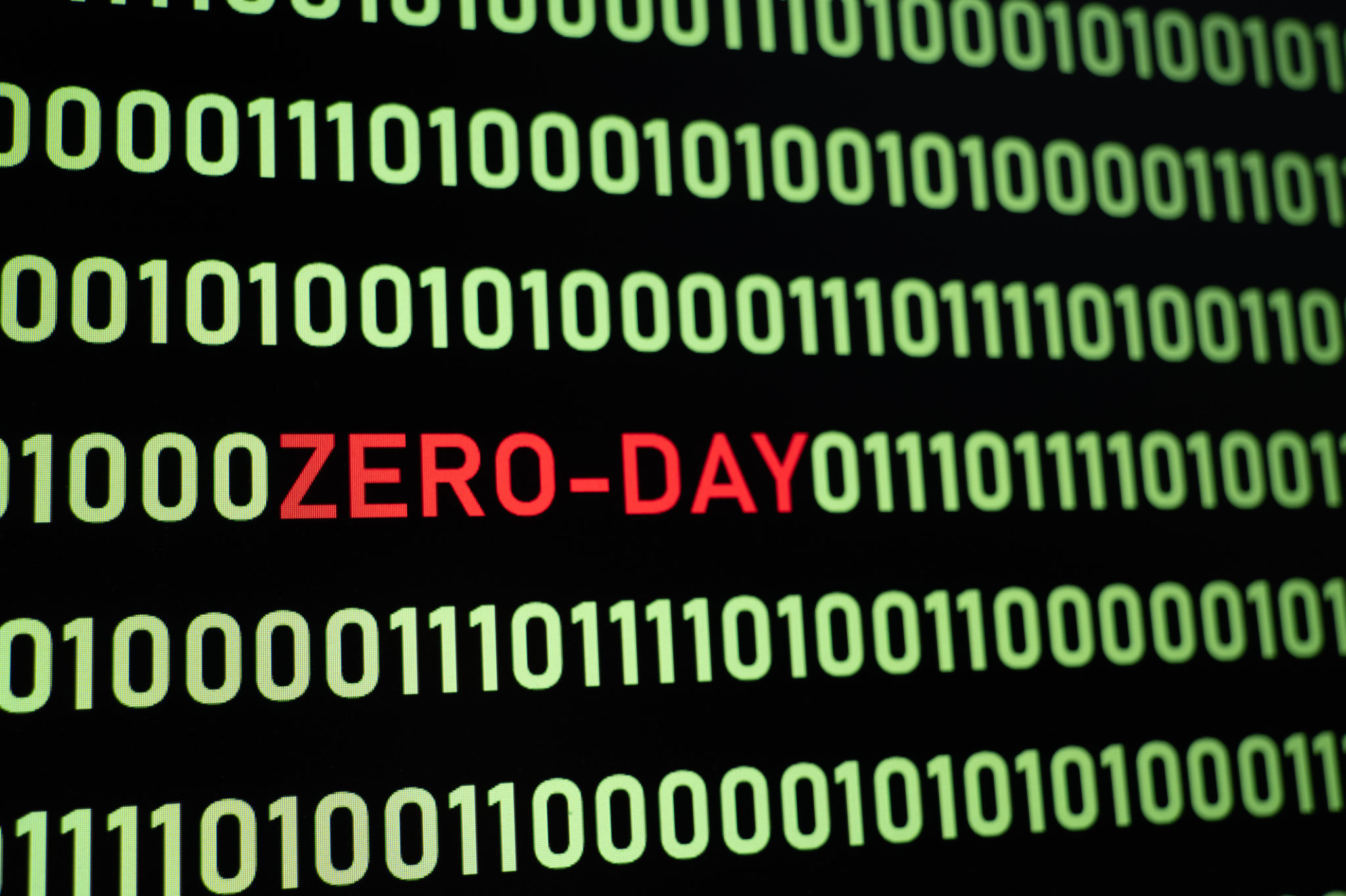The Ultimate Guide to Setting Up a Threat Intelligence Program for Your SOC Team
Introduction: Threat intelligence
Threat intelligence is not optional—it’s essential. A robust threat intelligence program enables Security Operations Center (SOC) teams to proactively identify, assess, and respond to threats before they impact your organization. In this post, we’ll explore a step-by-step guide for setting up a threat intelligence program, a framework for integrating real-time feeds into SIEM systems, and a playbook for handling zero-day exploits.

Step 1: Setting Up a Threat Intelligence Program
A well-structured threat intelligence program forms the backbone of SOC operations. Here’s how to get started:
1. Define Objectives
Start by determining what you aim to achieve with threat intelligence. Examples include:
- Early detection of cyber threats.
- Understanding attack trends and patterns.
- Prioritizing incident response efforts.
2. Identify Threat Intelligence Sources
Leverage diverse sources to ensure comprehensive coverage:
- Open Source Intelligence (OSINT): Publicly available sources like blogs, forums, and social media.
- Vendor Threat Feeds: Subscribed feeds like Recorded Future, Anomali, or FireEye.
- Internal Logs and Data: Insights from your organization’s SIEM, EDR, and other tools.
- Government and Industry Sharing: Threat intelligence platforms such as ISACs (Information Sharing and Analysis Centers).

3. Choose the Right Tools
Equip your SOC team with tools to collect, analyze, and act on intelligence:
- Threat Intelligence Platforms (TIPs): Automate aggregation and prioritization of intelligence (e.g., ThreatConnect, ThreatQuotient).
2. SIEM Tools: Enhance visibility and correlate threat intelligence with logs (e.g., Splunk, IBM QRadar).
3. Enrichment Tools: Add context with domain and IP analysis (e.g., VirusTotal, Whois).
4. Develop Processes and Playbooks
Create standard operating procedures (SOPs) to ensure consistency. For example:

- Classify threats by severity.
- Assign tasks to SOC analysts based on priority.
- Define escalation paths for high-severity incidents.
Step 2: Integrating Real-Time Threat Intelligence Feeds into SIEM
1. Select Real-Time Threat Feeds
Identify feeds that are relevant to your industry and organization, such as:
- Cybercrime trackers.
- Malware indicators (IOCs).
- Vulnerability disclosures.

2. Select Real-Time Threat Feeds
Most SIEM tools support integrations with popular threat feeds. For example:
- Use APIs to pull feeds from Threat Intelligence Platforms.
- Configure automated enrichment of logs with real-time IOCs.
3. Normalize and Correlate Data
Ensure all data is standardized for accurate analysis.
- Map IOCs to the MITRE ATT&CK framework for context.
- Correlate incoming feeds with internal logs to detect anomalies.
4. Set Up Alerts and Dashboards
Customize alerts for critical threats. For instance:
- Prioritize alerts with high-confidence IOCs.
- Visualize trends with dashboards showing top attackers, threat types, and impacted assets.
Step 3: Developing a Playbook for Zero-Day Exploits
Zero-day exploits require quick and decisive action. A clear playbook ensures your SOC team can respond effectively:

1. Initial Assessment
When a zero-day exploit is identified:
- Validate the threat using trusted intelligence feeds.
- Assess the vulnerability’s relevance to your organization.
2. Communication Plan
Notify key stakeholders immediately:
- Internal IT and security teams.
- Executive leadership.
- External vendors or partners, if applicable.
3. Mitigation Actions
While patches may not be available, take the following steps:
- Deploy network segmentation to isolate vulnerable assets.
- Increase monitoring on critical systems.
- Apply virtual patching with Web Application Firewalls (WAFs).
4. Post-Incident Analysis
After resolving the issue:
- Document findings in your incident response log.
- Update your threat intelligence database with indicators of compromise (IOCs).
- Conduct a lessons-learned session to improve future readiness.

Building a robust threat intelligence program isn’t a one-time project; it’s an ongoing journey. By following these steps, integrating real-time feeds, and preparing for zero-day exploits, your SOC team can stay ahead of evolving threats.
At Cyberfacti Academy, we’re committed to empowering professionals and students with the knowledge and tools to navigate today’s cybersecurity challenges. Stay tuned for more insights, and remember—proactive defense is the best defense!
B-Aware & B-Safe
